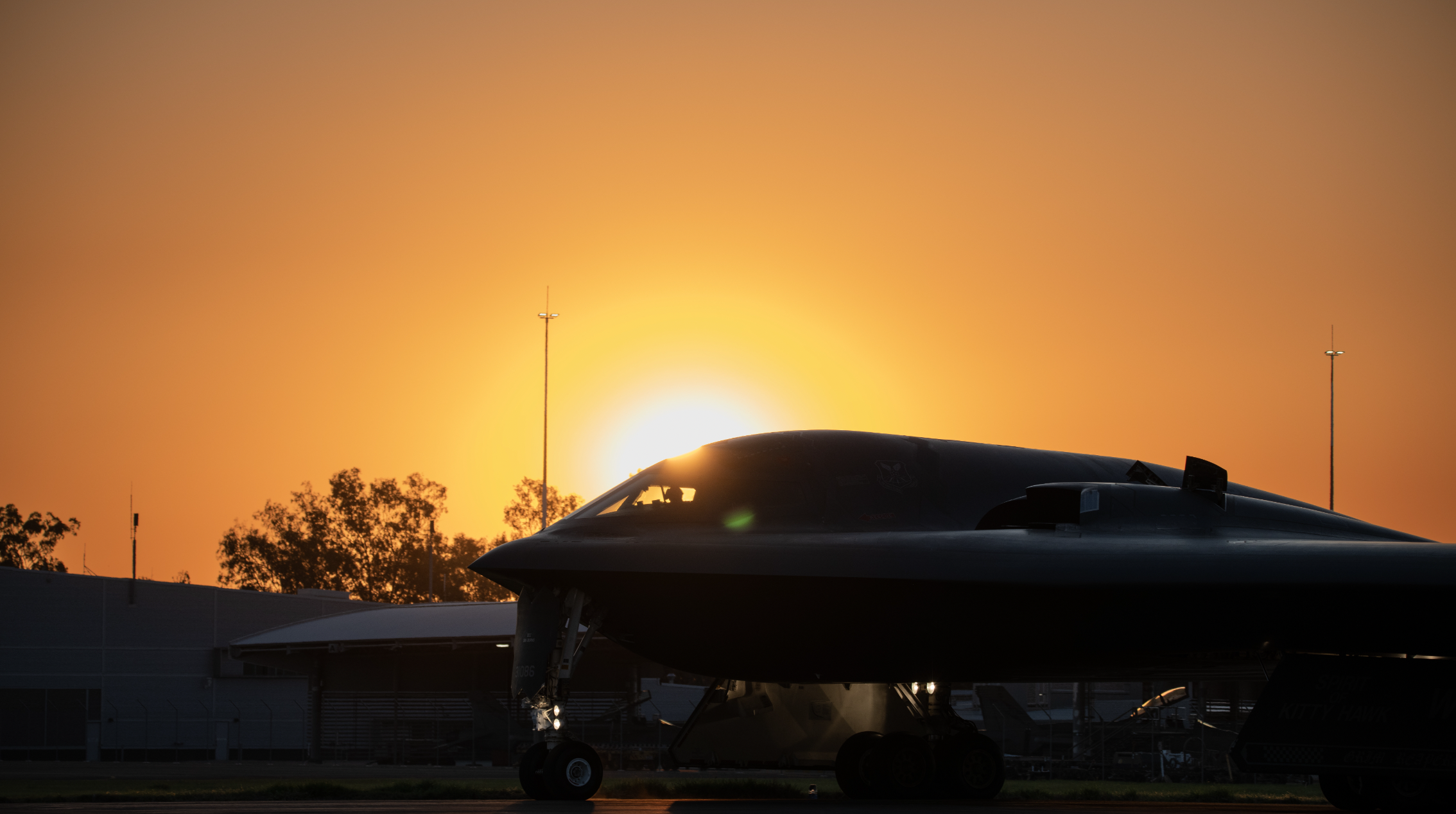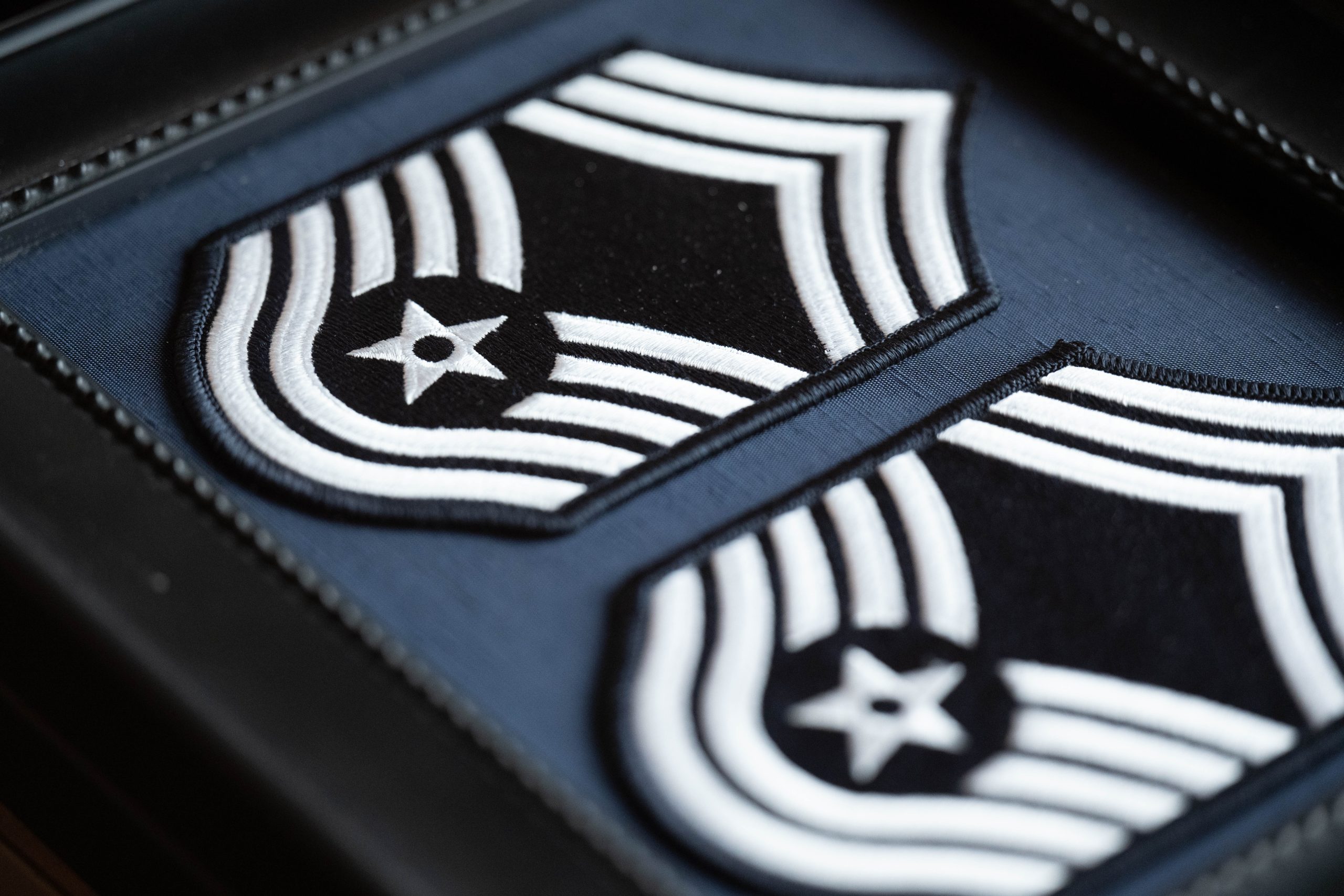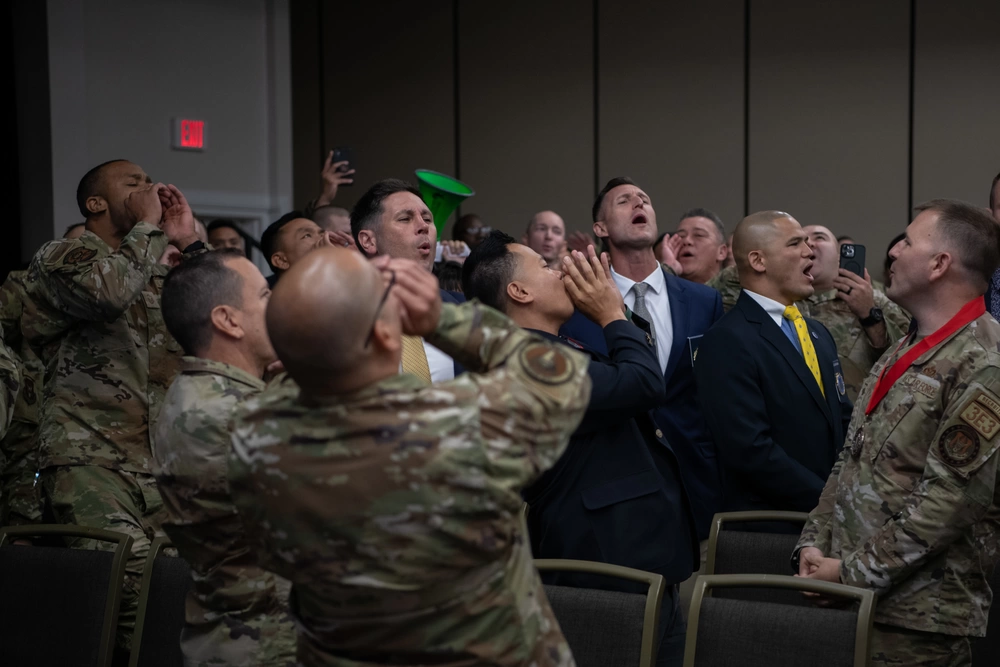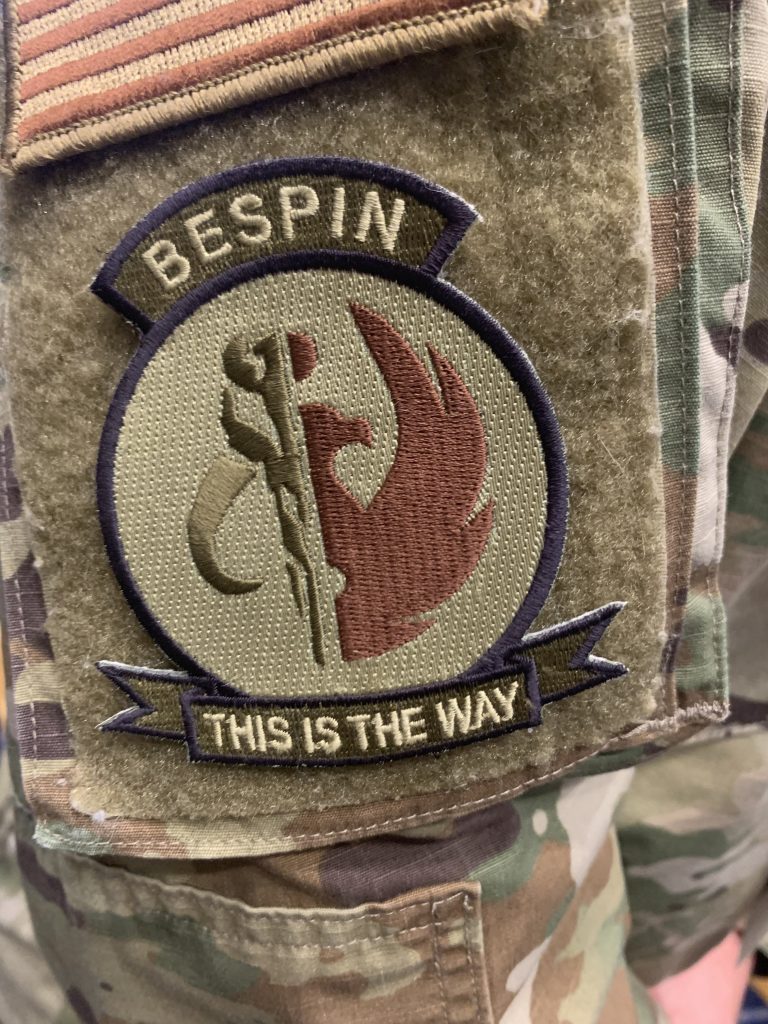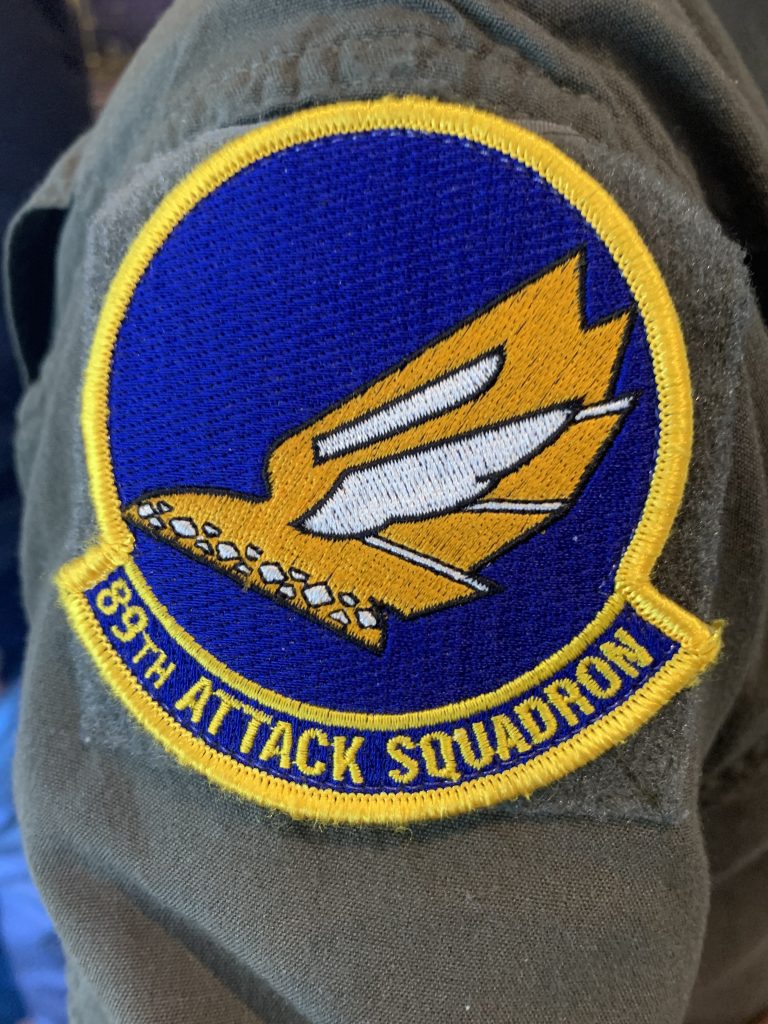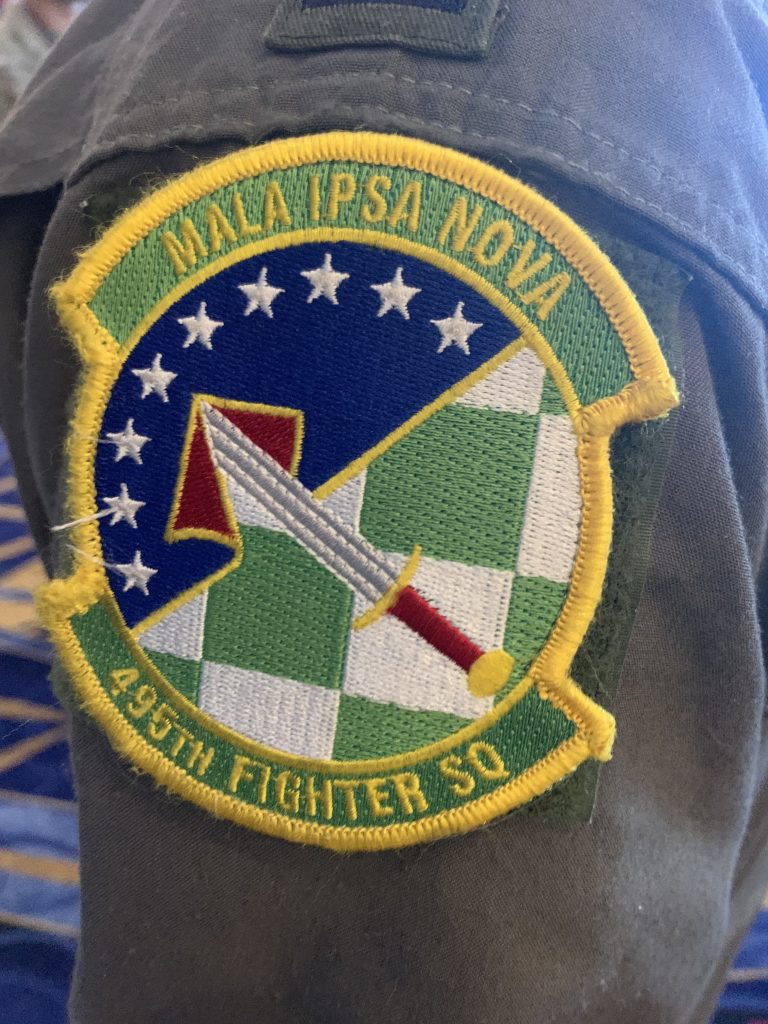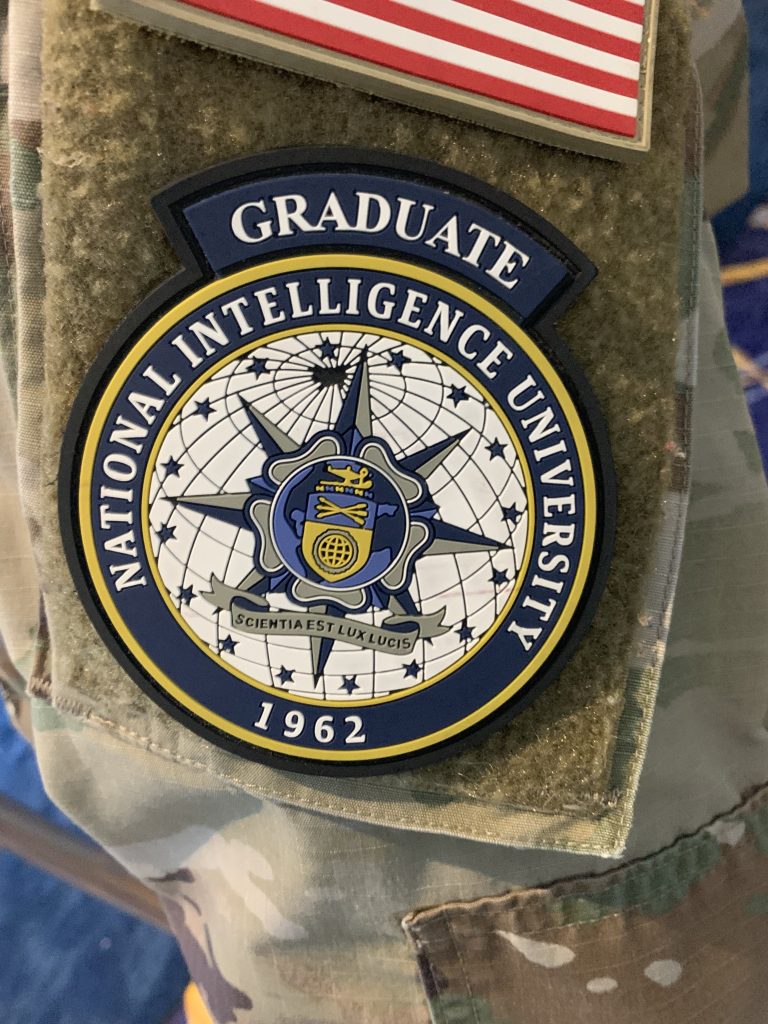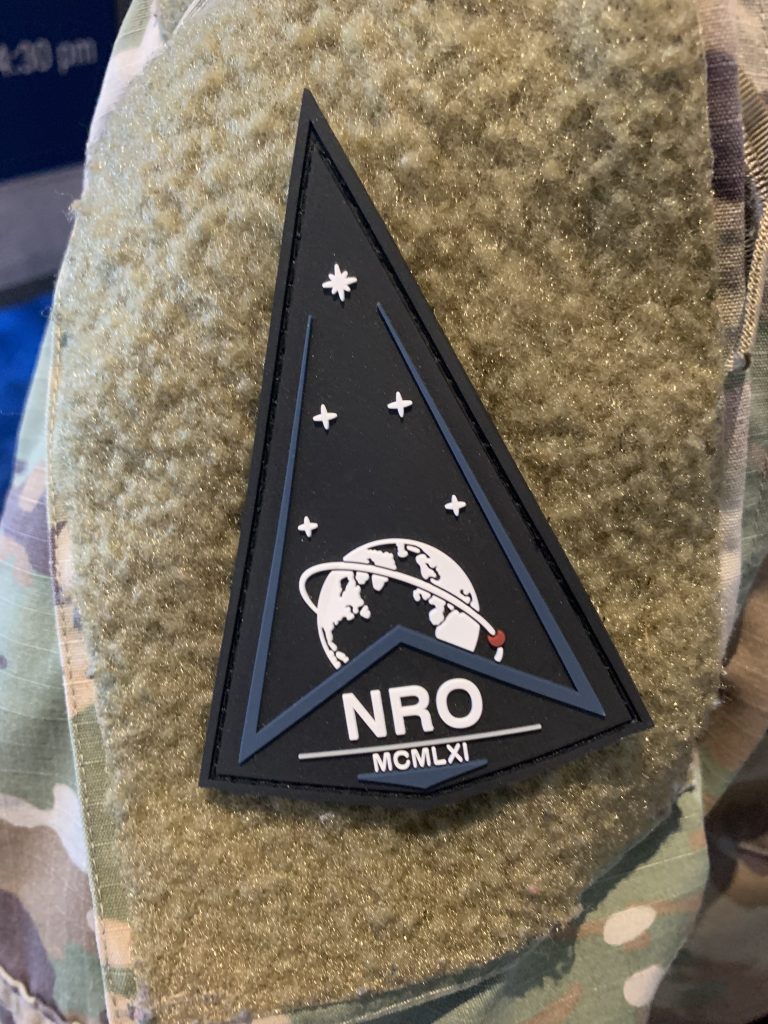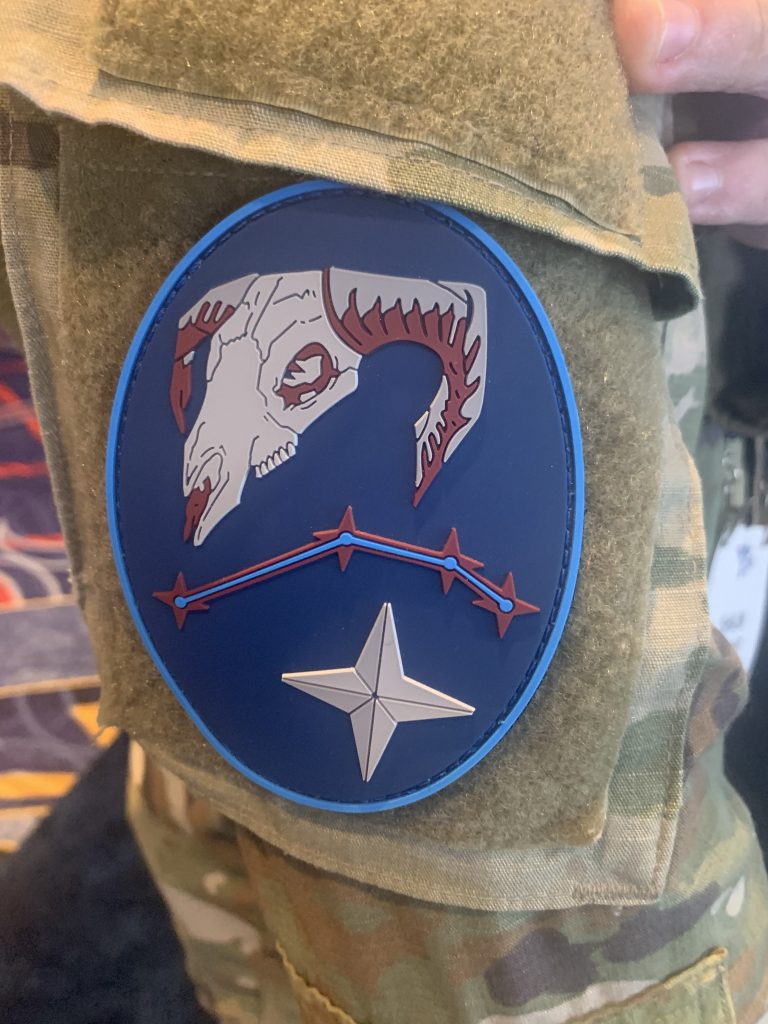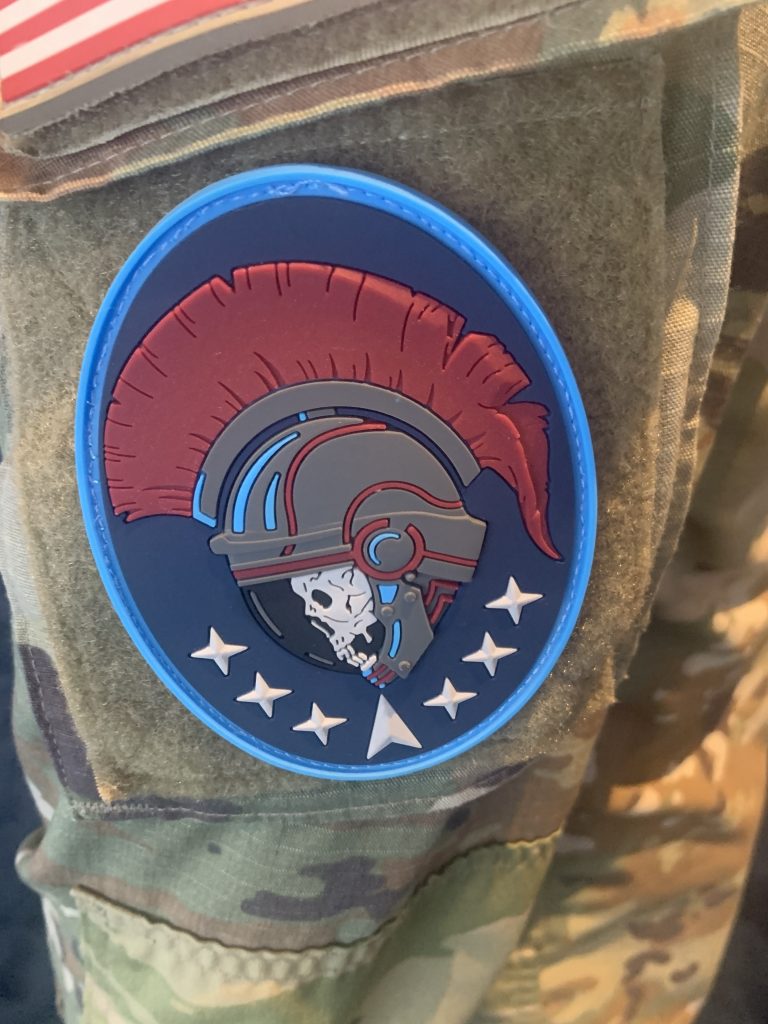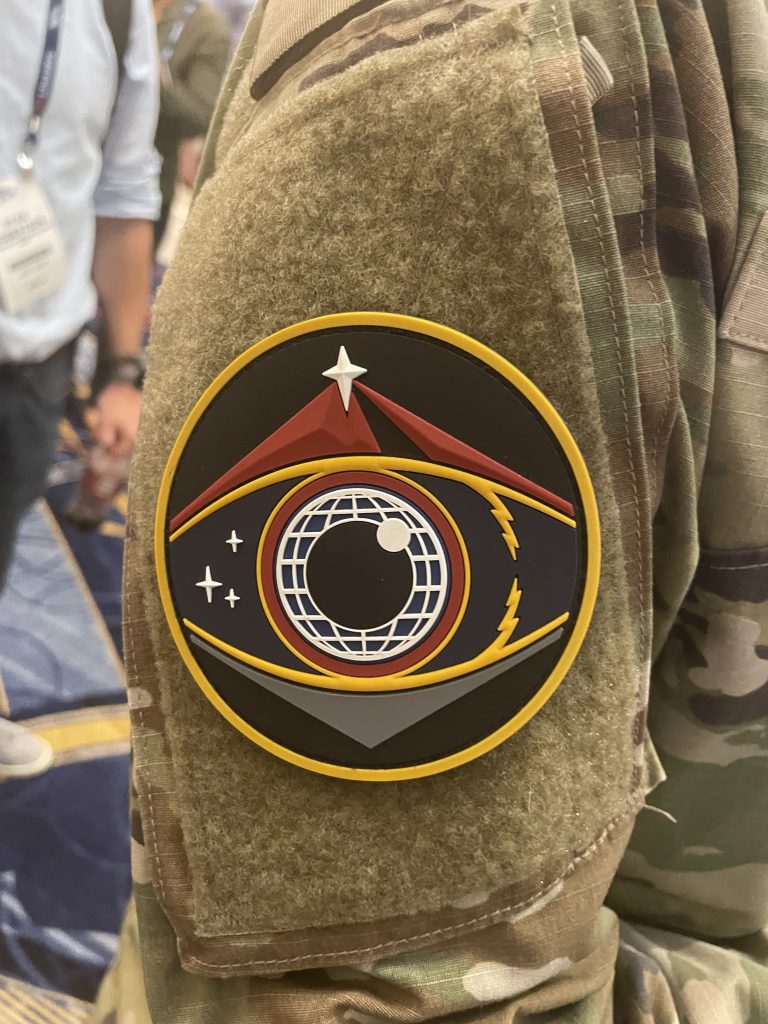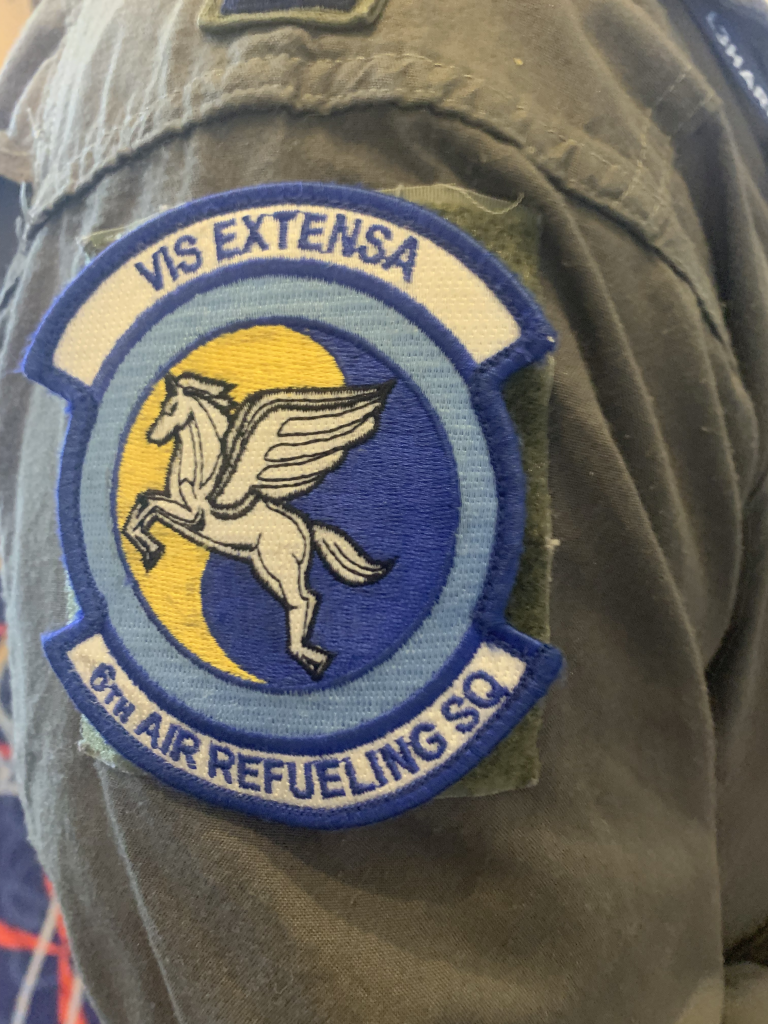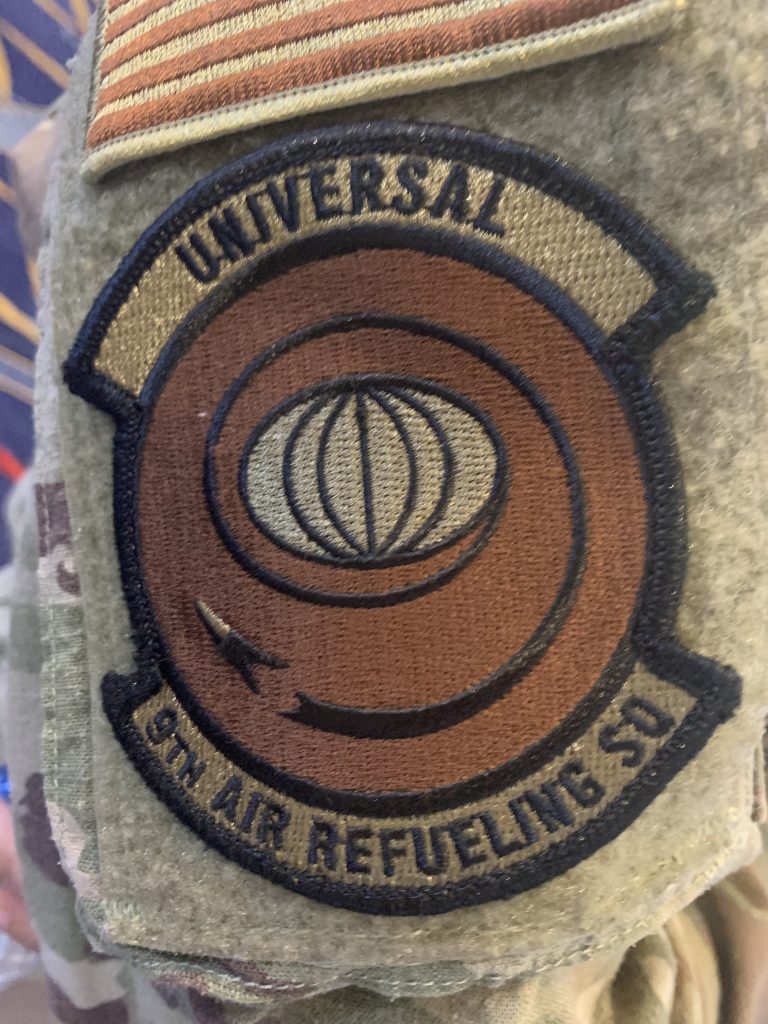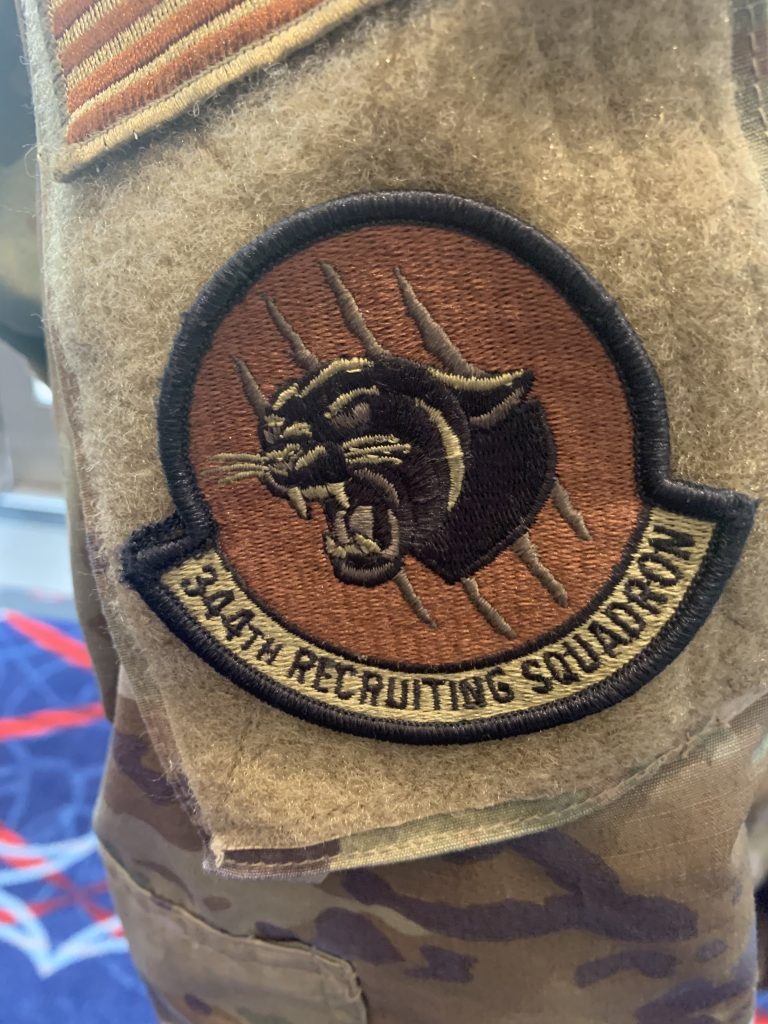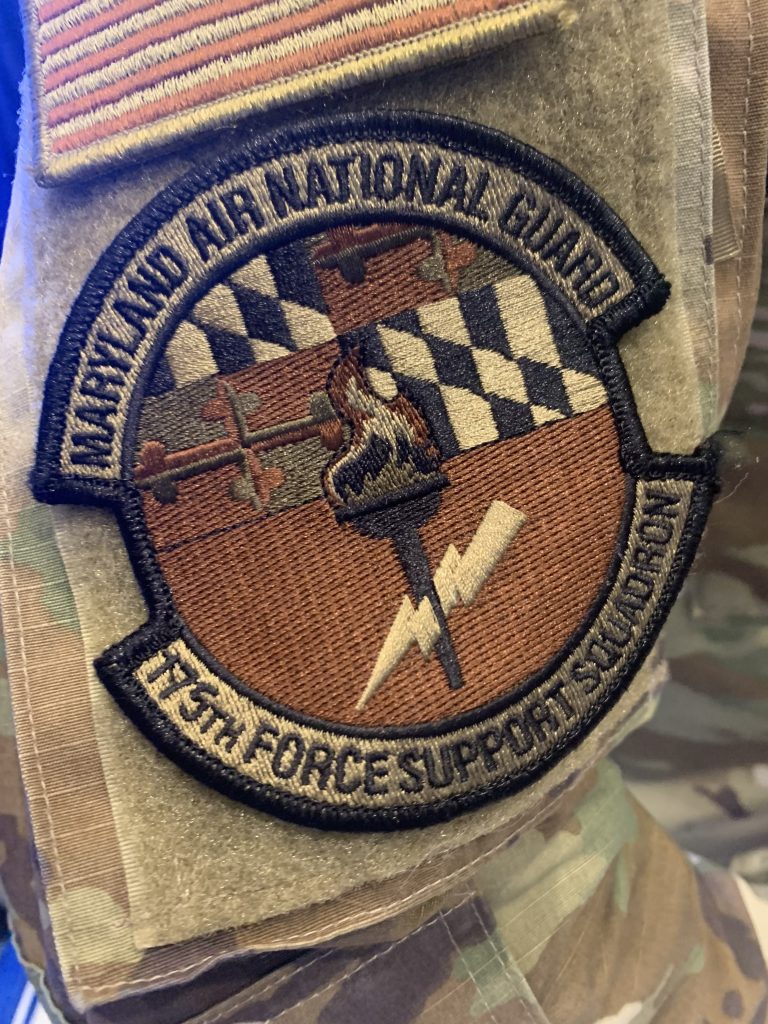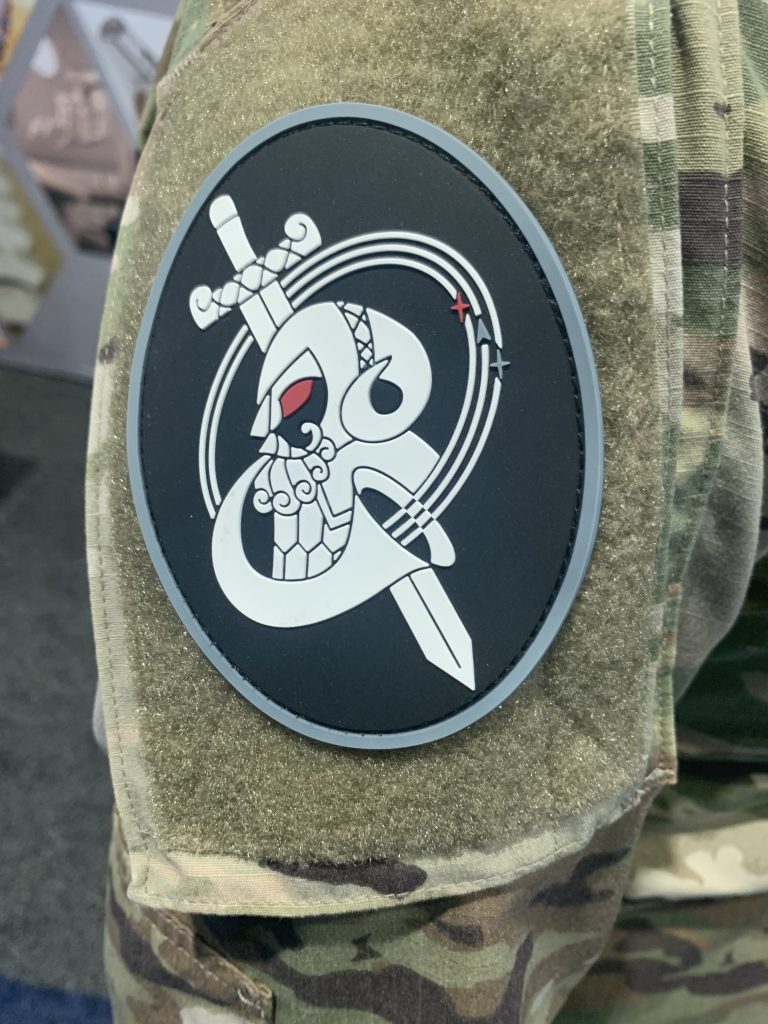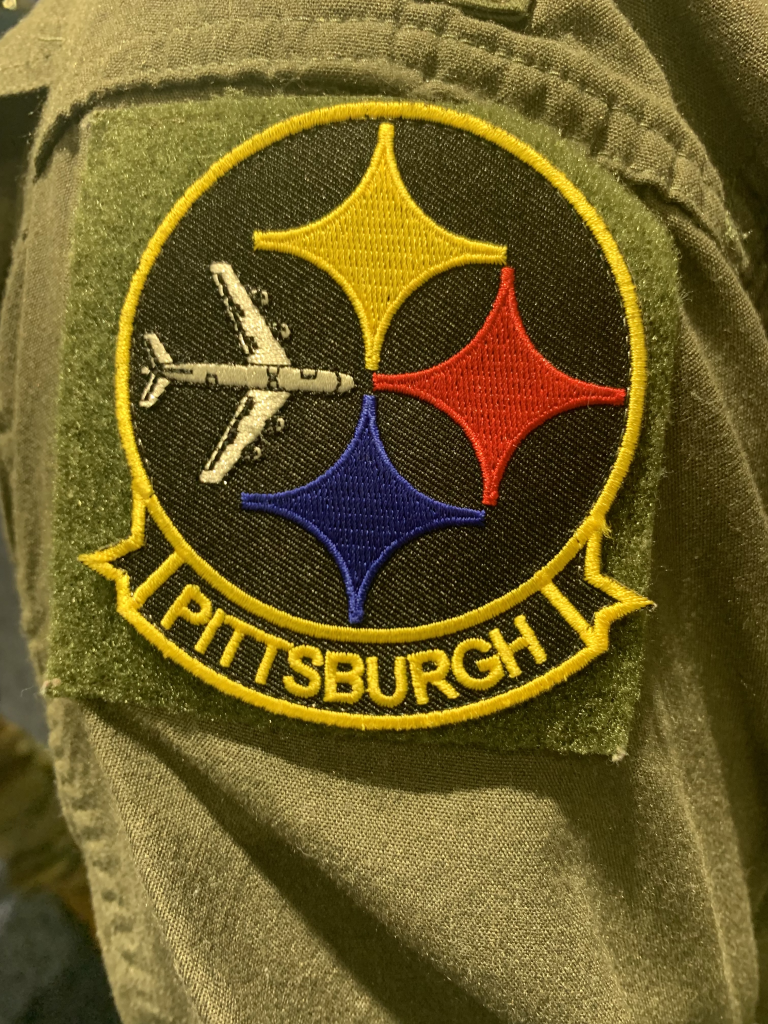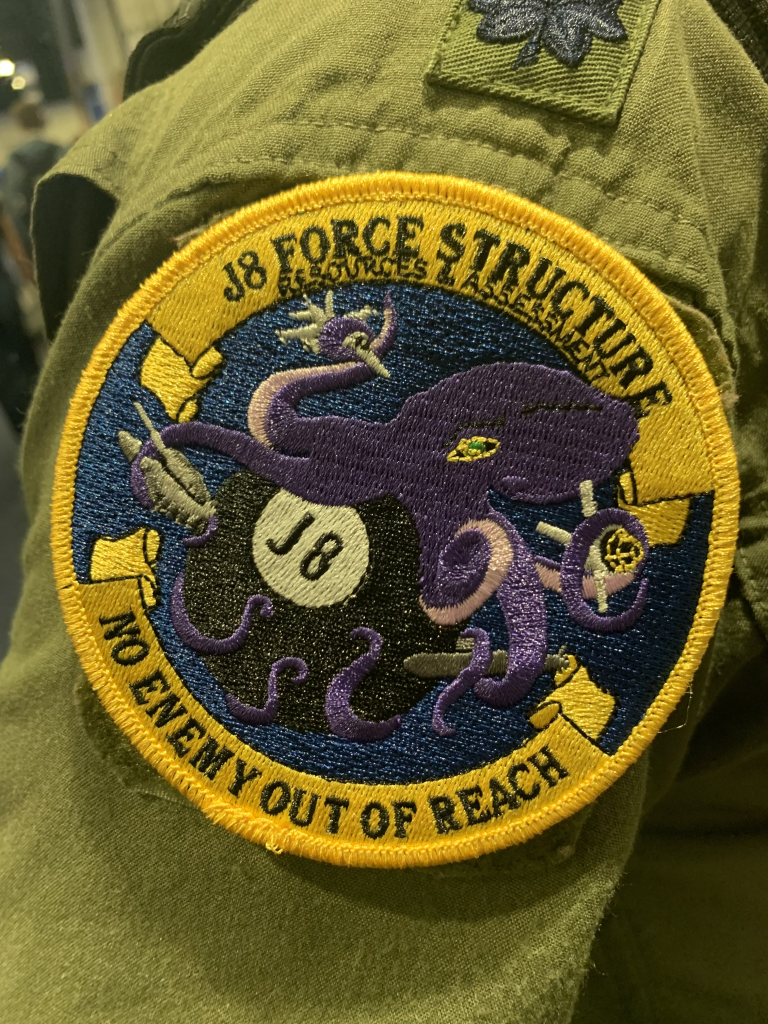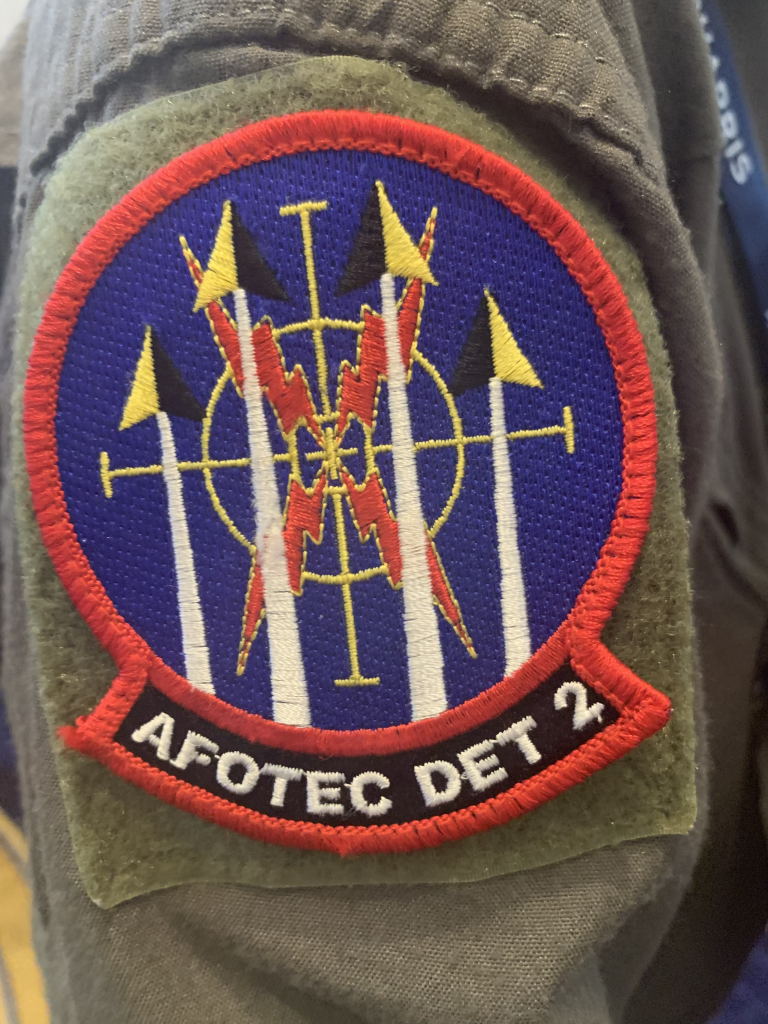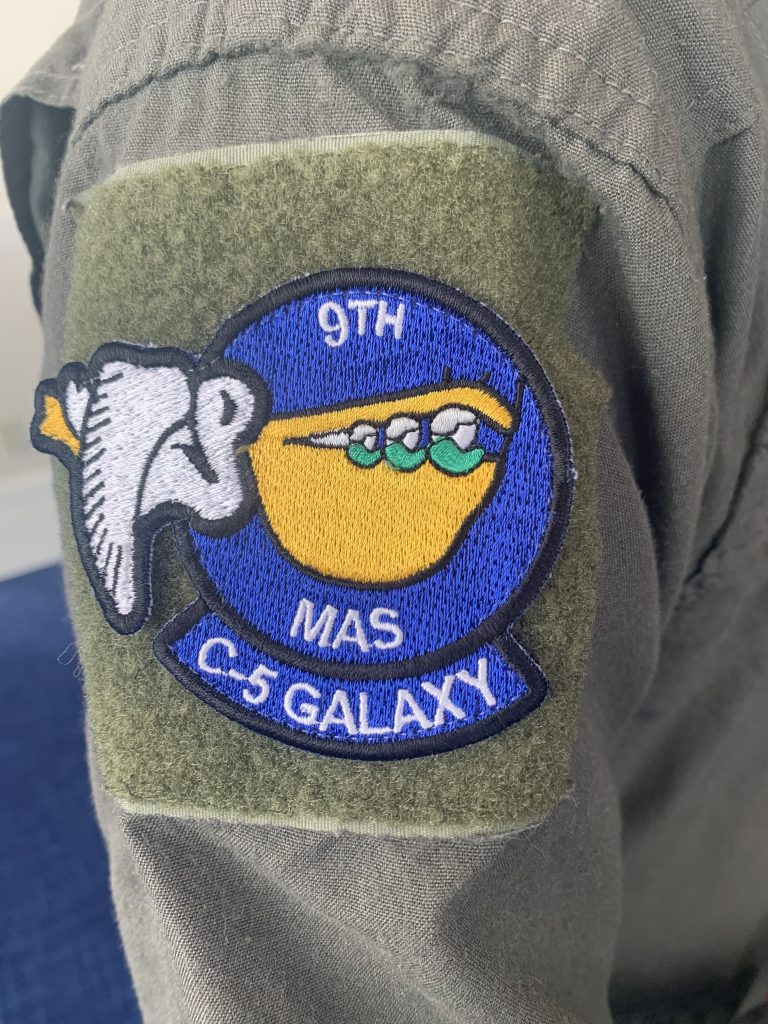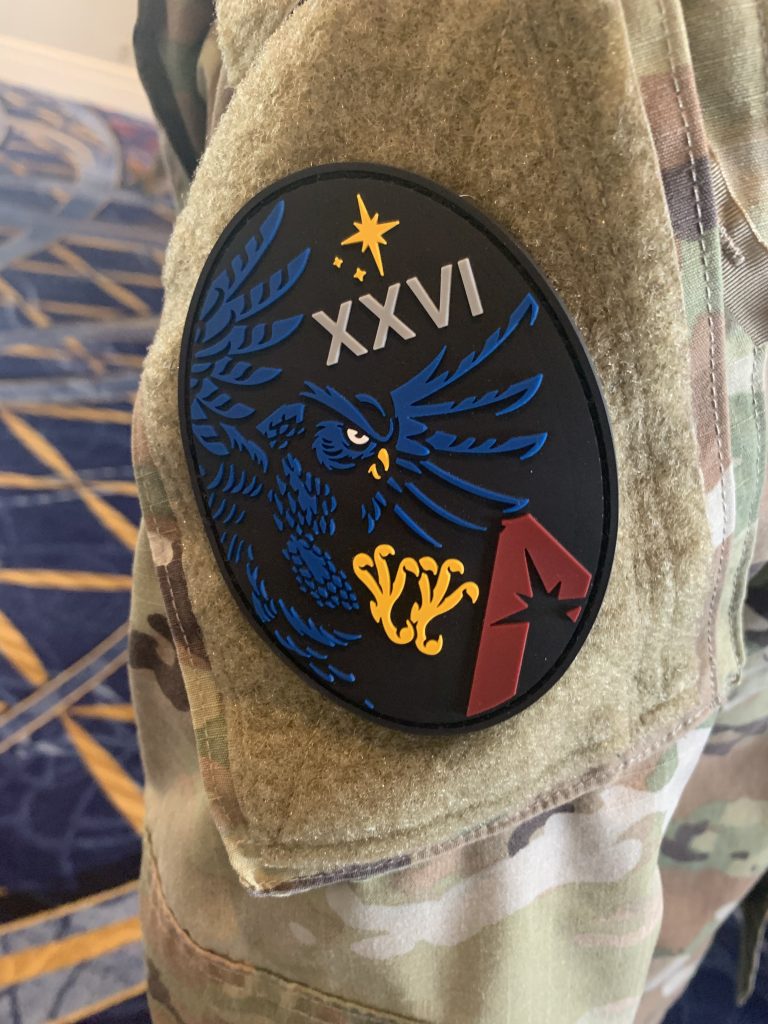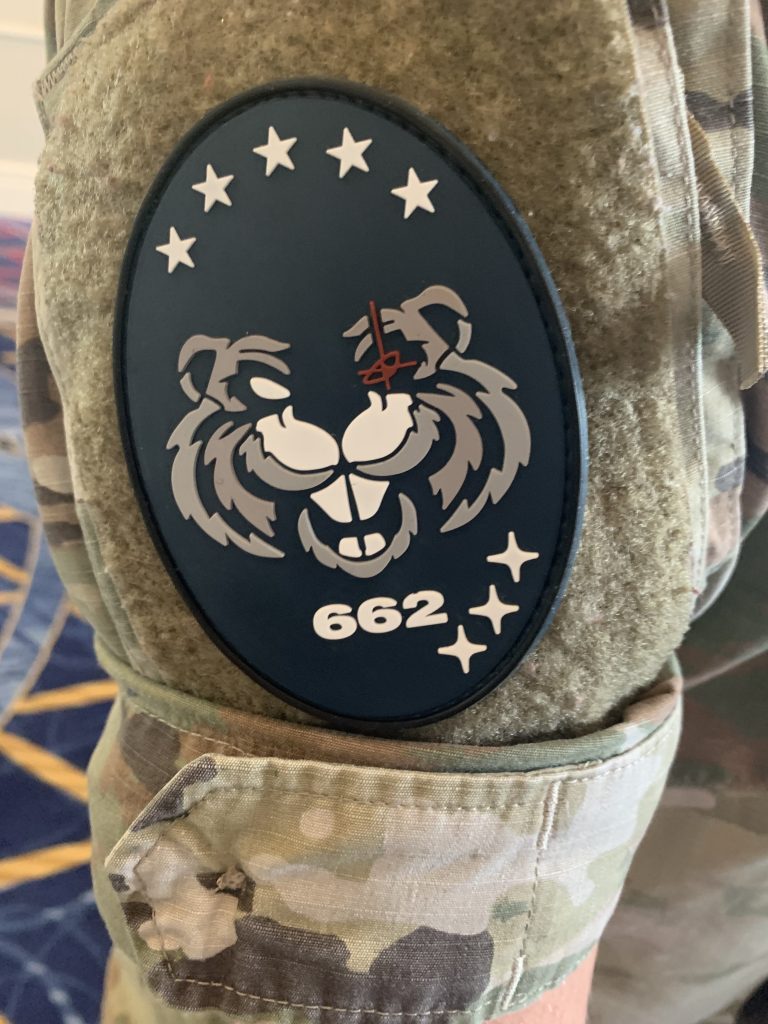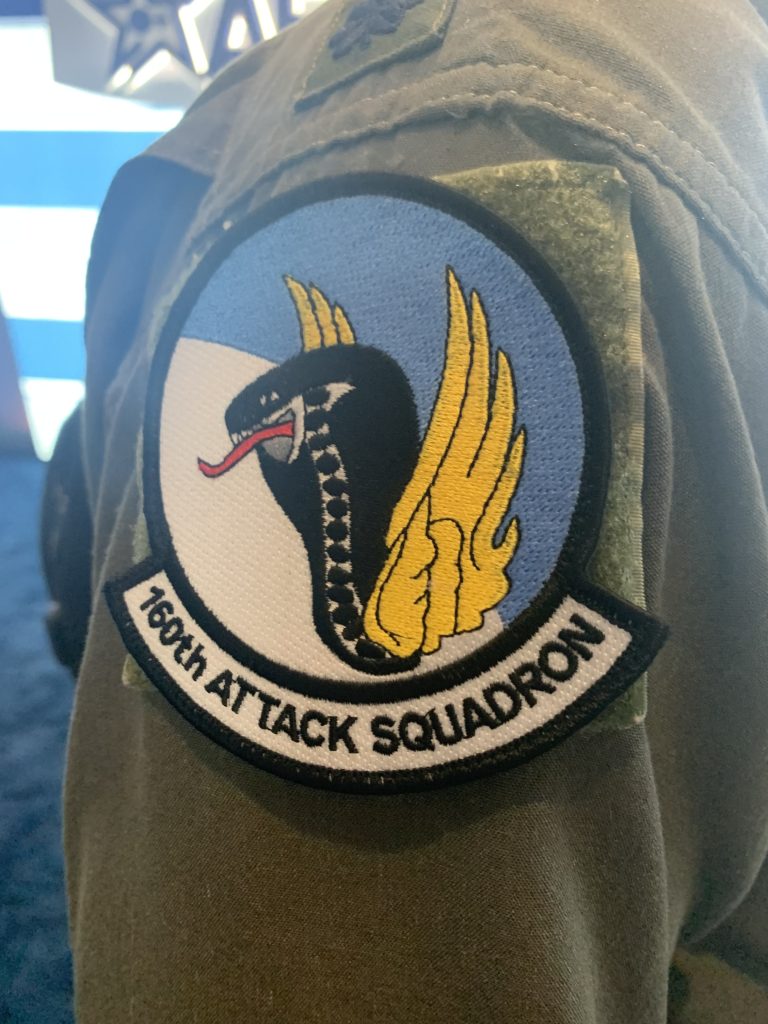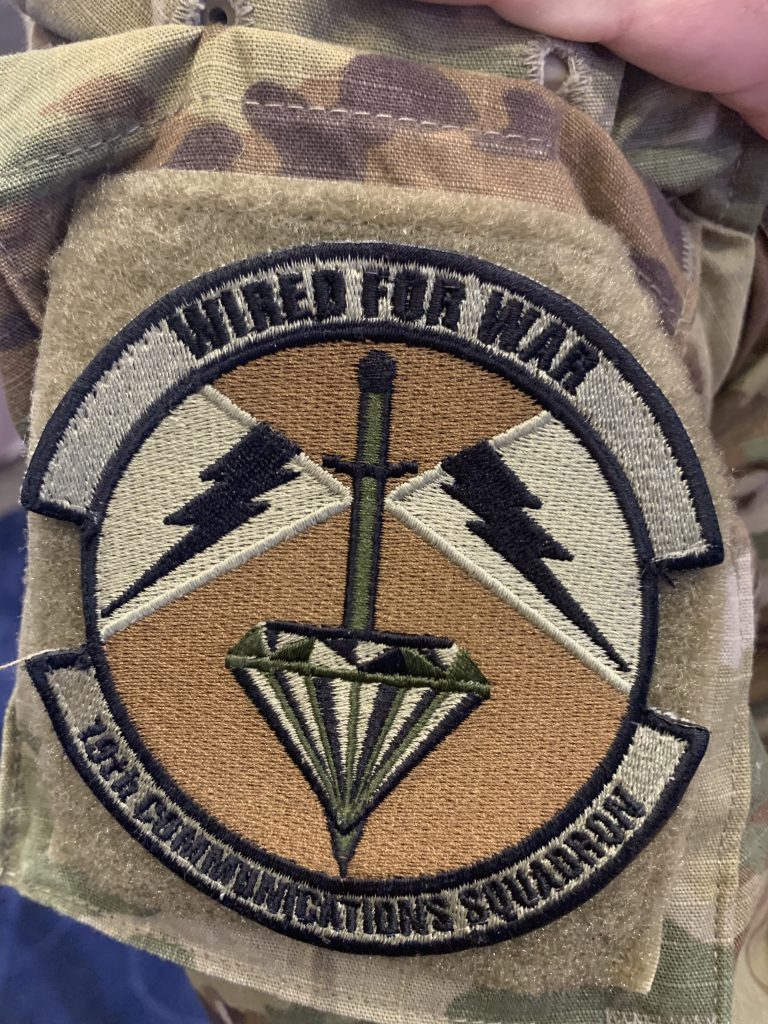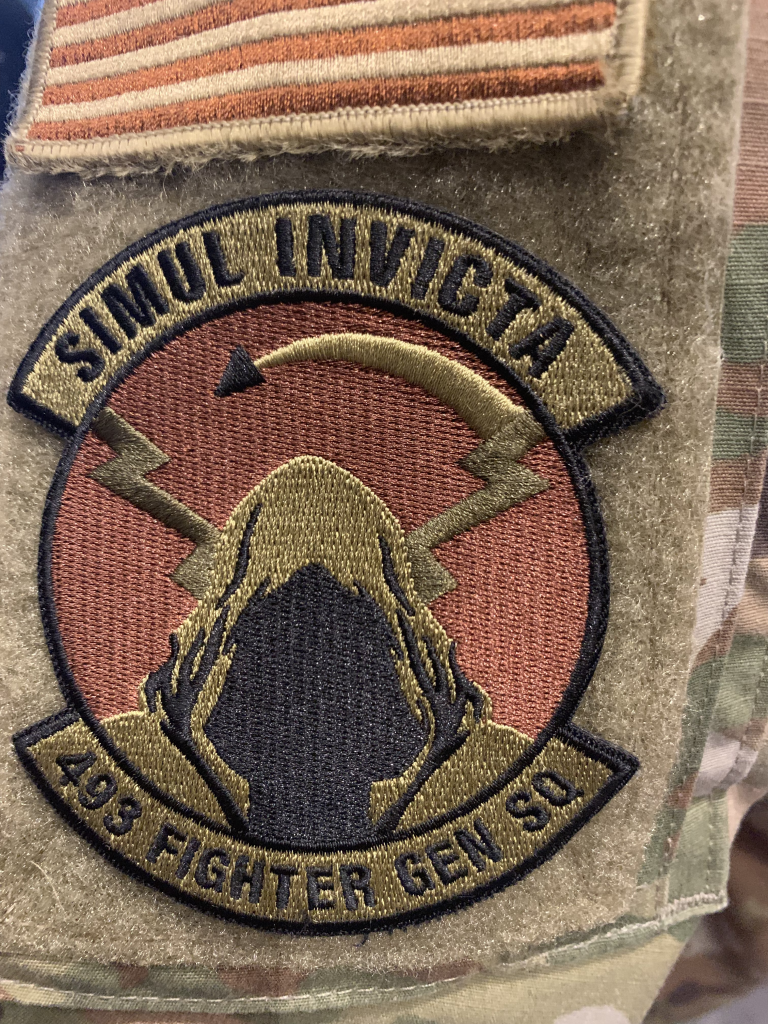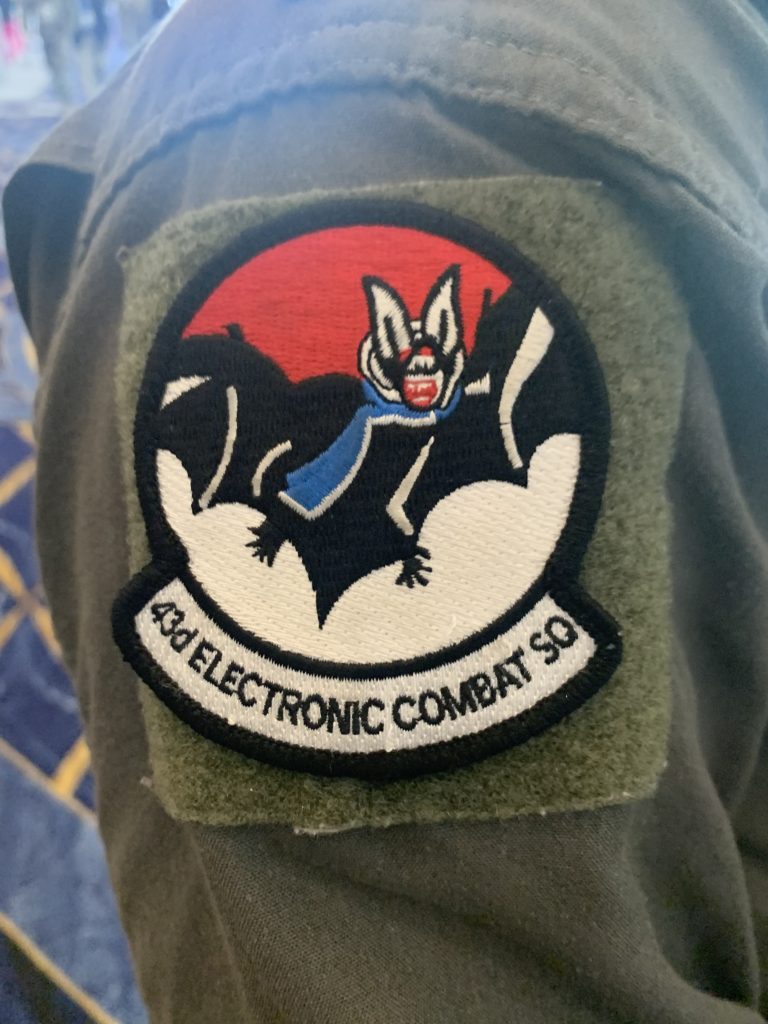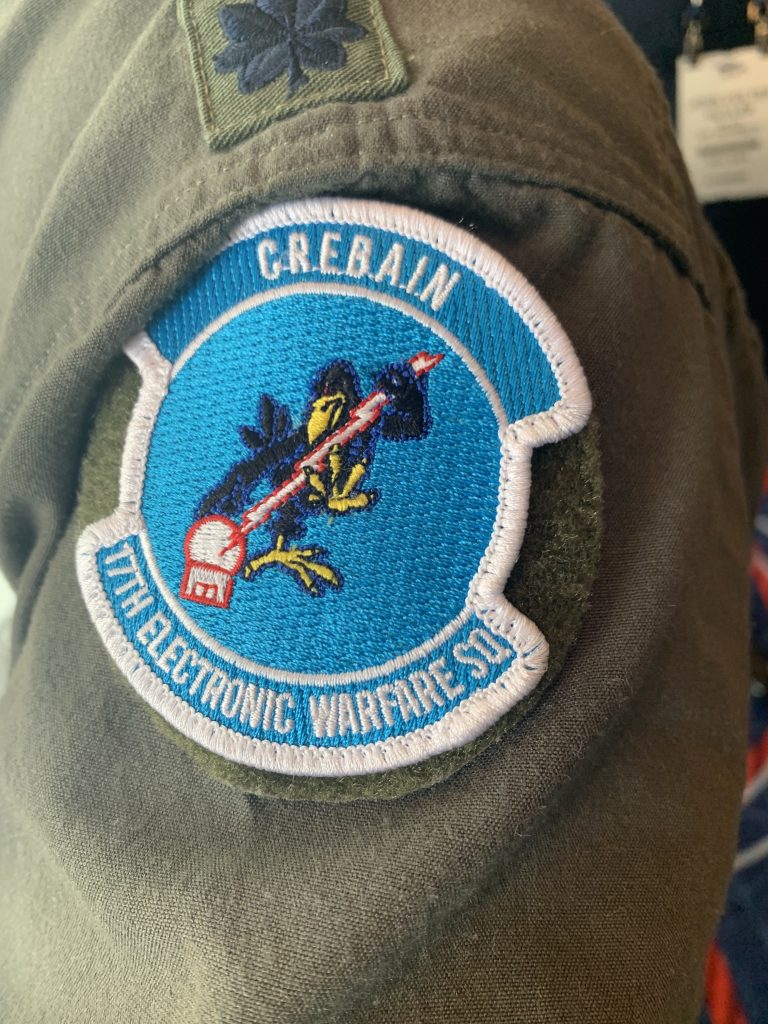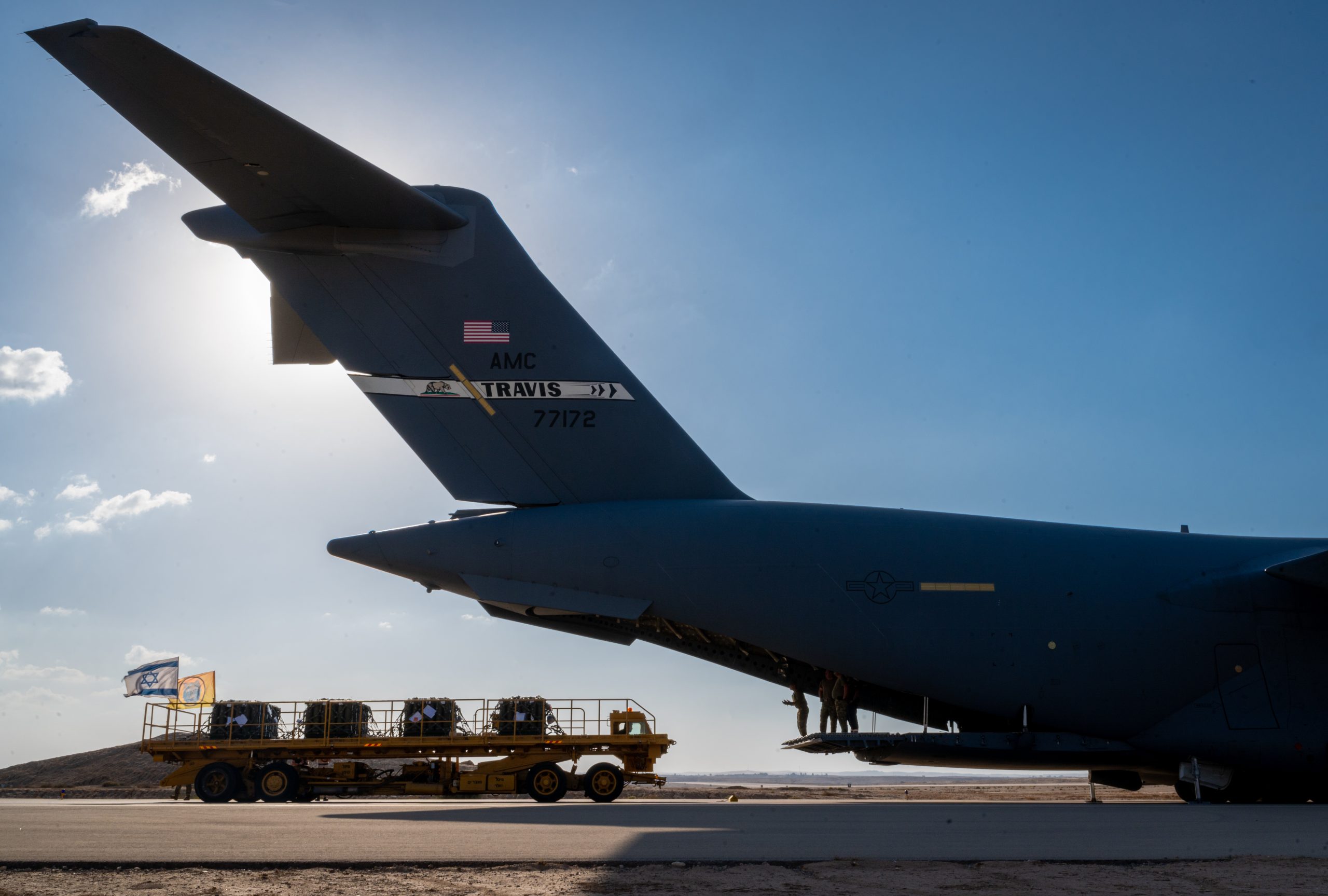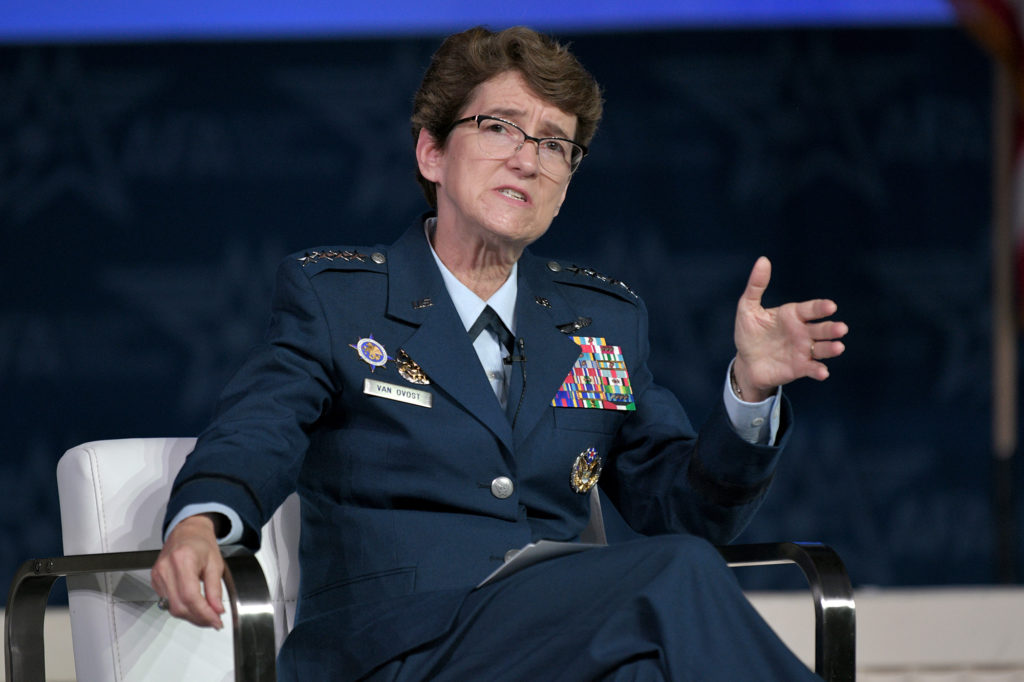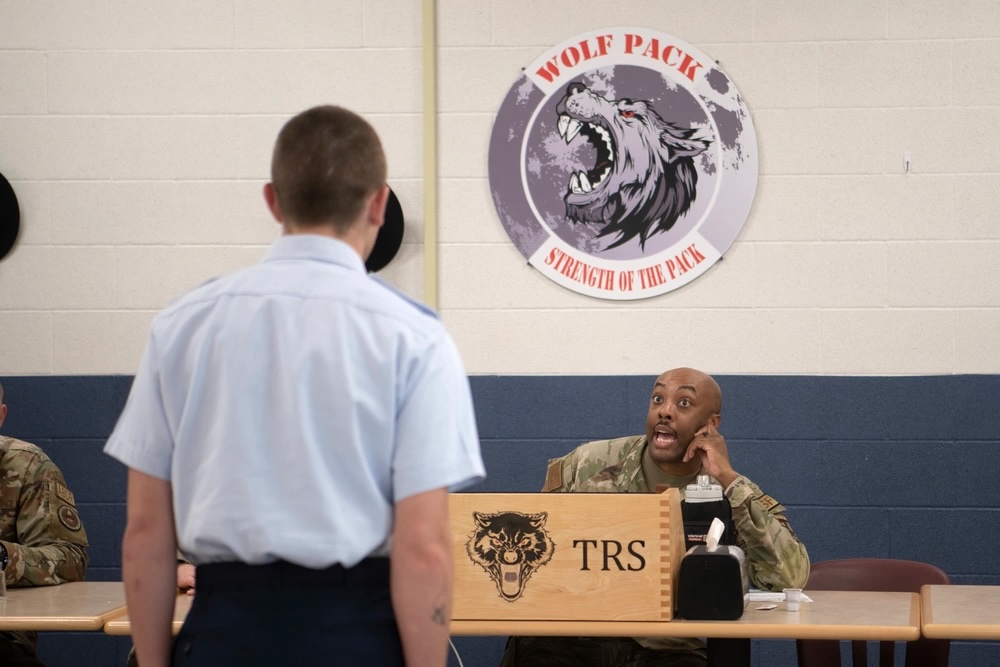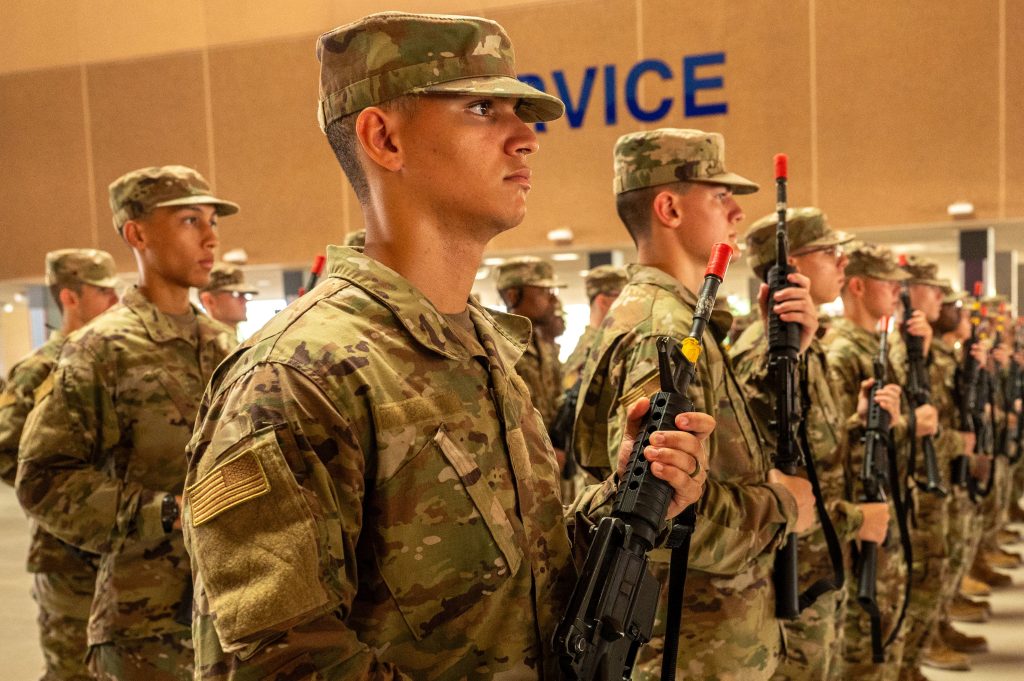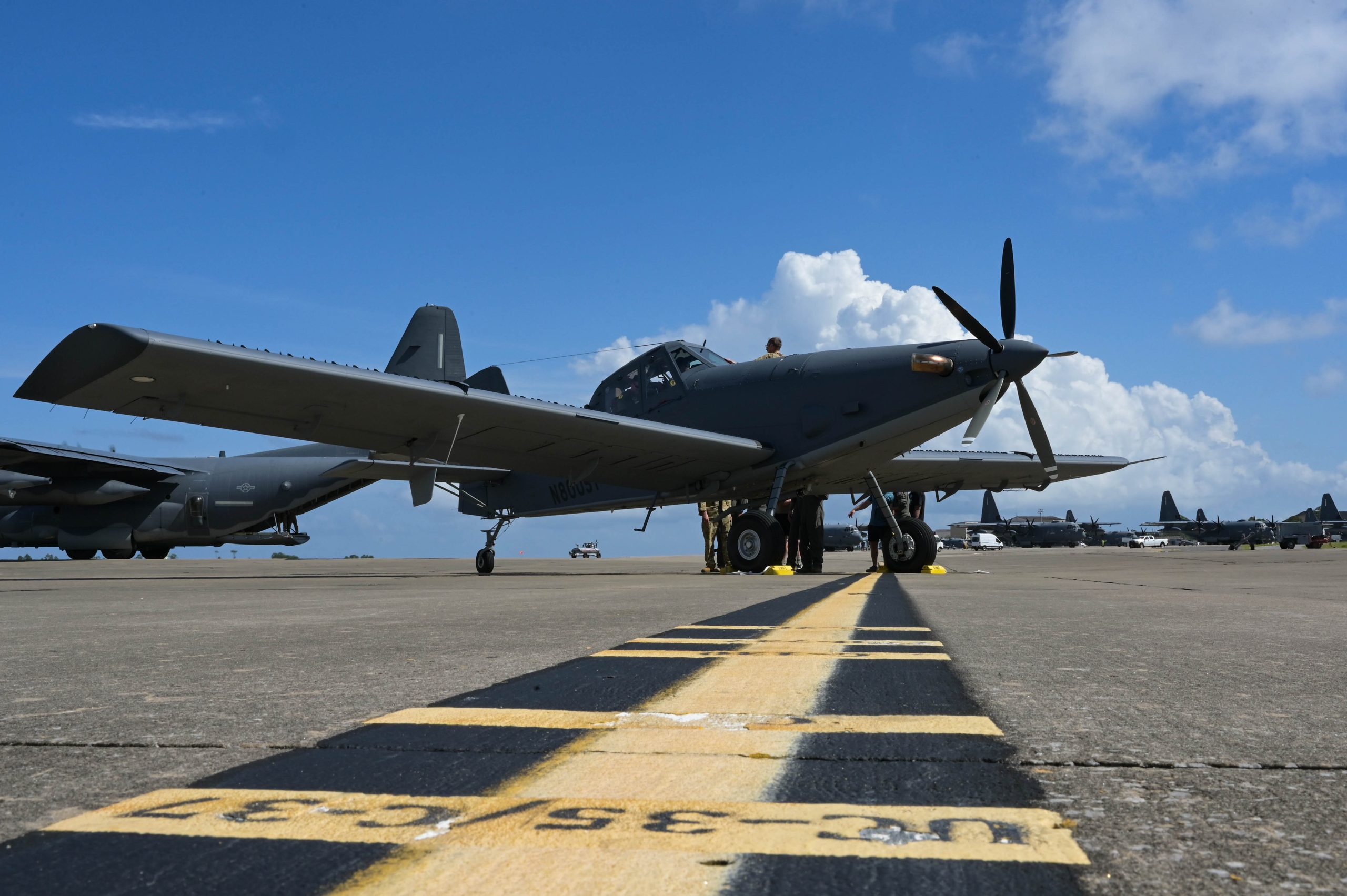The long-awaited rollout of the new Air Force physical training uniform, already two years behind schedule, has been delayed again, this time “due to production issues with the manufacturer,” according to an Air Force spokesperson.
The new workout gear was first unveiled in March 2021 with an October 2022 debut date. Global supply chain issues pushed the rollout date to March 2024. Then it was pushed to April for trainees at Basic Military Training, and July for shelves at Army & Air Force Exchange Service shops.
July has come and gone, and while BMT trainees began receiving the new PT gear that month, the rest of the Air Force can start to expect it at AAFES shops “in Fall 2024 for a phased rollout,” an Air Force spokesperson told Air & Space Forces Magazine.
The Air Force did not provide answers in time for publication when asked what kind of production issues came up most recently or for more details about the phased rollout: specifically, when Airmen might expect to see the new uniforms at base exchange stores across the continental U.S. and then around the world.

Don Lee, acquisition program manager for the Combat Ready Airman program under Air Force Materiel Command, told Air & Space Forces Magazine at AFA’s Air, Space & Cyber Conference that the new PT gear would be available at the end of fiscal 2025—July to September 2025—or the beginning of fiscal 2026.
Earlier this year, the uniforms were delayed by “a previous fabric shortage and pending resolution of an ongoing color match concern for the running and all-purpose short,” a spokesperson said in March.
Hopefully the new gear will be worth the wait. The old uniform, first introduced in the early 2000s, is notorious for its bulky, “noisy” fabric.
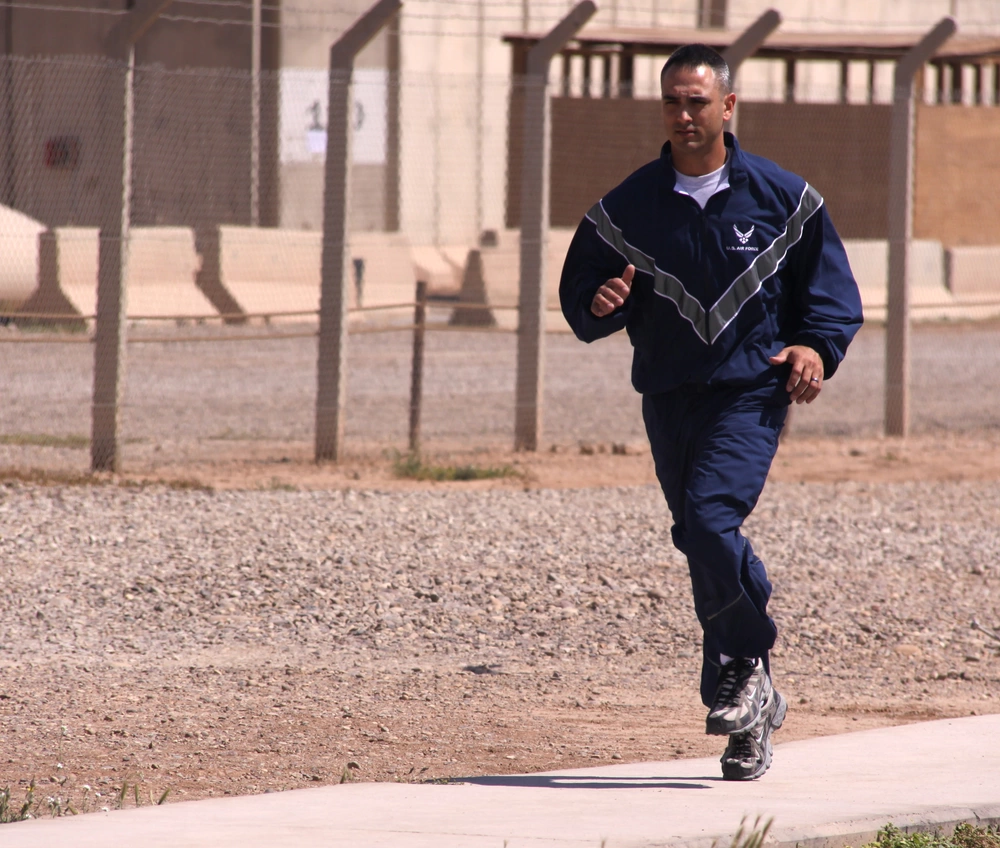
The new gear consists of a jacket, pants, and two types of shorts—all in dark blue with a gray stripe and the Air Force logo—as well as a gray T-shirt with the Air Force logo on the upper left chest and a patterned “Air Force” across the back.
When the gear was first revealed in 2021, the Air Force said it would use “soft, quick drying” and antimicrobial fabrics to help control smell and moisture. The uniform was designed for a wider range of exercise using materials that were not around 20 years ago, Lee said.
“The warfighter today is exercising differently: more than just running and push-ups and sit-ups,” he pointed out. “Some of that [old] gear doesn’t enable the flexibility or range of motion that you would need. So a lot of these uniforms have more moisture management and flex.”
Meanwhile, the Space Force is further ahead in the rollout of its PT gear: the service announced its workout uniform started to come out in March.

